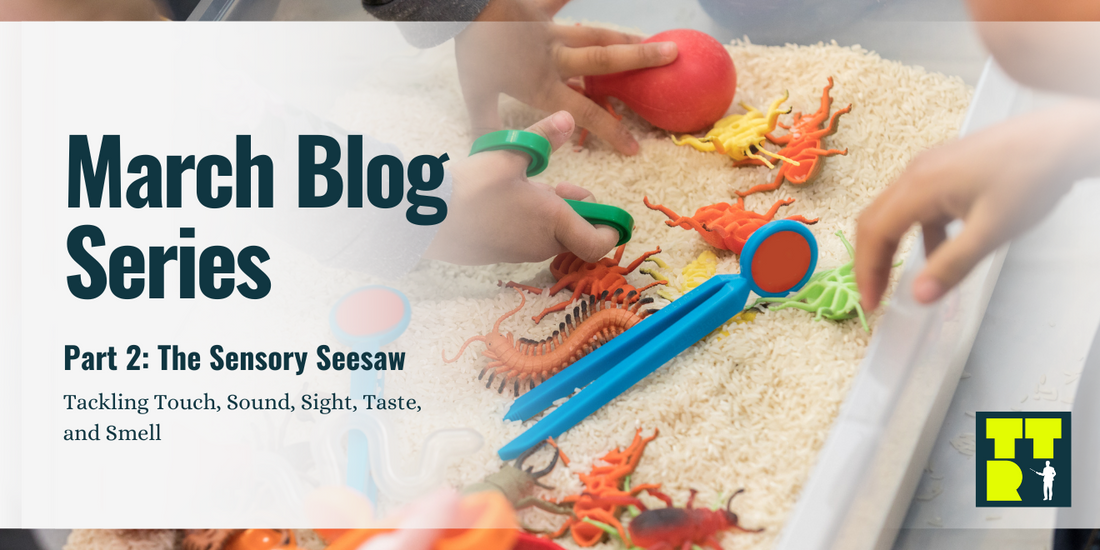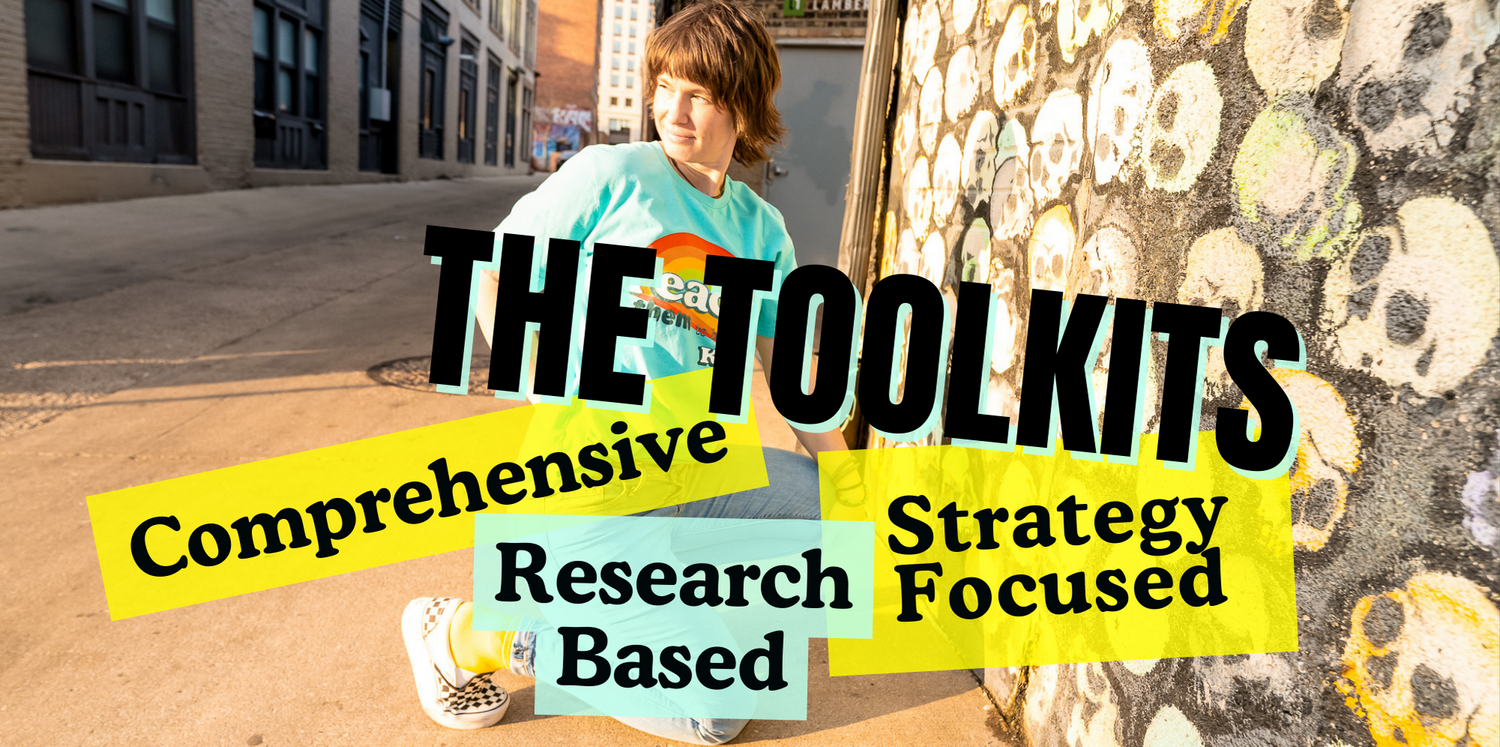
Part 2: The Sensory Seesaw – Tackling Touch, Sound, Sight, Taste, and Smell
Share
This is Part 2 of the Sensory Strategies Blog Series- to read part one click HERE
For more in depth tricks, tips, and understanding check out the March Workshop Power of Sensory: Understanding Sensory Needs To Improve Regulation HERE
Just when you thought sensory needs couldn’t get any more interesting—let’s talk about the other five senses, where kids refuse to wear socks, whisper like they’re yelling, and have a sixth sense for every weird smell in the room.
Tactile (a.k.a. "Please Don’t Touch Me!" or "I Must Touch Everything!")
Some kids seek out every texture possible—paint, slime, sand—you name it. Others act like their clothes are made out of sand paper.
💥 If They Need More Input:
-
Offer sensory bins with different textures (rice, beans, water beads).
-
Provide fidgets like stress balls or textured toys.
-
Let them engage in messy play—finger painting, Play-Doh, or shaving cream fun.
🛑 If They Need Less Input:
-
Encourage soft, seamless clothing.
-
Give them deep-pressure touch (weighted blanket, tight hugs).
-
Offer lotion or essential oils applied slowly and gently.
Auditory (a.k.a. "The Volume is Always Wrong")
Some kids need noise to focus, while others act like every sound is a blow horn, unbearable sound effect.
💥 If They Need More Input:
-
Provide rhythmic, upbeat music or background sounds.
-
Let them use small musical instruments or hum softly.
🛑 If They Need Less Input:
-
Noise-canceling headphones can be a lifesaver.
-
Create a designated quiet area.
-
Use soft-spoken speech and calming sounds.
Visual (a.k.a. "Lights! Motion! Distraction!")
Bright lights and movement can either be the best thing ever—or a total nightmare.
💥 If They Need More Input:
-
Offer light-up toys or high-contrast visuals.
-
Let them watch slow-moving visuals like lava lamps or sand sculptures
🛑 If They Need Less Input:
-
Use dim lighting or natural light.
-
Keep classroom décor minimal to avoid overstimulation.
Gustatory & Olfactory (a.k.a. "Eww, What’s That Smell?")
Some kids are flavor adventurers; others act like plain crackers are too spicy.
💥 If They Need More Input:
-
Offer crunchy, chewy foods like gum or jerky.
-
Introduce strong flavors like sour candies or citrus.
🛑 If They Need Less Input:
-
Stick to bland or familiar foods.
-
Keep the classroom scent-neutral.
Final Thoughts
Sensory needs don’t have to be mysterious. With a few small adjustments, we can make classrooms more comfortable for all kids—whether they’re bouncing, spinning, covering their ears, or sniffing their way to safety.
Because at the end of the day, a happy, regulated kid is a learning kid.
Check Out The Power of Sensory Workshop on March 19th
For more in depth tricks, tips, and understanding check out the March Workshop Power of Sensory: Understanding Sensory Needs To Improve Regulation HERE
The Power of Sensory Workshop will answer the following questions:
What is sensory processing and why is it important?
What sensory strategies can we use to help soothe a dysregulated system?
What sensory strategies can we use to help alert a lethargic system?
What practical tips exist for teachers in regards to sensory processing?







